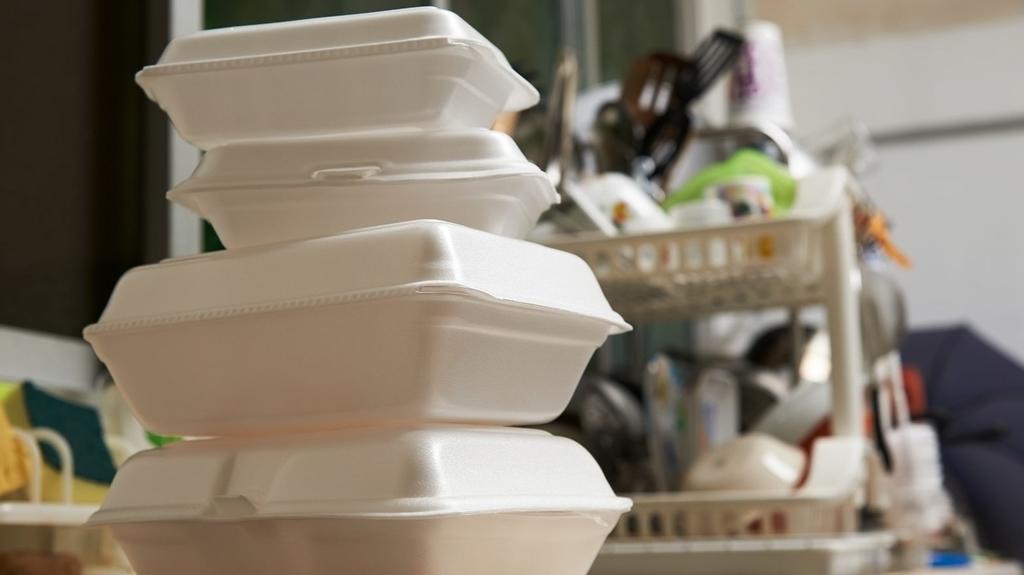Plastic foam pollution has become a growing problem across the world as non-biodegradable foam products end up clogging landfills and polluting the environment for centuries. However, scientists and entrepreneurs have been developing eco-friendly alternatives made from materials that can break down naturally. One such sustainable alternative is biodegradable foam.
What is Biodegradable Foam?
Biodegradable foam is foam material that is made from polymers or plant-based ingredients that can be broken down and decomposed by microorganisms such as bacteria and fungi within a reasonably short period after disposal. Rather than persisting in the environment indefinitely, biodegradable foam breaks down into natural elements like water, carbon dioxide and biomass within a few months to years.
Some commonly used raw materials for manufacturing biodegradable foam include polylactic acid (PLA), polybutylene adipate terephthalate (PBAT), starch, agricultural waste fibers and other plant-based components. PLA is a thermoplastic aliphatic polyester made from renewable plant sources like corn starch or sugarcane. PBAT is a bioplastic synthesized from dicarboxylic acids and diols derived from renewable plant sources. Starch foam is produced from grain starches like corn starch.
Applications of Biodegradable Foam
Biodegradable foam finds application in a wide variety of industrial and consumer products as an environmentally sustainable substitute for petrochemical plastics foam. Some key applications include:
Packaging Foam: Biodegradable foam is increasingly used for packaging fragile items like electronics, glassware, fruits and vegetables. It provides effective cushioning and is discardedwithout harming the environment.
Coffee Cups and Food Containers: Many cafes and restaurants have switched to using biodegradable foam cups, plates and clamshell containers that can be composted after use.
Mattresses and Bedding: Biodegradable Foam is utilized as an alternative to petroleum-based foam in mattresses, pillows and upholstery padding.
Automotive Parts: Some auto parts like dashboards, door panels and headliners now use biodegradable foam to enable recycling of vehicles at their end-of-life.
Insulation: Biodegradable foam finds application as an insulation material in construction that has the added benefit of biodegradability at demolition.
Benefits of Biodegradable Foam
The key advantages of switching to biodegradable foam include:
Reduced Environmental Impact: Biodegradable foam does not persist in landfills or release toxic chemicals when incinerated. This lessens pollution and greenhouse gas emissions.
Sustainable Manufacturing: Biodegradable foam is produced from renewable plant-based resources rather than finite fossil fuels, reducing dependence on non-renewable feedstocks.
Compostable: Food packaging, coffee cups and other foam products made from biodegradable materials can simply be composted after use and return nutrients to soil.
Recyclable: Some biodegradable foams like PLA can be recycled along with plastic containers via existing recycling streams.
Renewable Resource Substitution: Biodegradable foam uses agricultural byproducts and waste materials as raw inputs, helping promote a circular bioeconomy.
Challenges in Adoption of Biodegradable Foam
While biodegradable foam offers immense sustainability benefits, its widespread adoption faces some challenges:
Higher Production Costs: The raw materials and processing required for biodegradable foam manufacture currently makes it more expensive than petroleum-based foam.
Limited Availability of Raw Materials: Reliable and cost-effective sourcing of plant-based inputs like PLA, starch etc. is needed to scale up biodegradable foam production.
Quality Concerns: Some biodegradable foams may not match the physical qualities of conventional counterparts, affecting end-user acceptance.
Lack of Infrastructure: Collection, sorting and industrial composting systems need to be established to efficiently divert biodegradable foam waste from landfills.
Regulatory Support Lags: Strong government policies promoting bioplastics and incentives for sustainable procurement are required to stimulate wider market uptake.
Prospects for Growth
Despite existing challenges, the growth prospects of biodegradable foam are extremely bright due to rising sustainability priorities driven by collective global actions on climate change, plastic pollution and waste management. Some factors that will catalyze future demand include:
Plastic Waste Crisis: Mounting concerns over plastic waste overflowing landfills and polluting the environment are propelling a shift to biodegradable alternatives.
Corporate Commitments: Major companies across sectors have pledged to increase usage of sustainable materials inclduing biodegradable foam to achievegreen targets.
Legislative Push: Regulations banning specific single-use plastic items and mandating minimum bioplastic content will scale up biodegradable foam production.
Technological Advances: Continued R&D is lowering costs of bioplastic synthesis and improving physical qualities of biodegradable foams.
Investments Grow: Rising investments into bioplastic and renewable chemical startups indicate bright commercial prospects for biodegradable solutions like foam.
With growing global focus on sustainability and circular economy principles, biodegradable foam is poised to increasingly substitute non-biodegradable petroleum-based foam usage over the next decade across myriad industrial and consumer products. Combined efforts of public and private stakeholders can help realize its vast potential to tackle the interlinked challenges of plastic pollution and climate change.
Get more insights on- Biodegradable Foam
